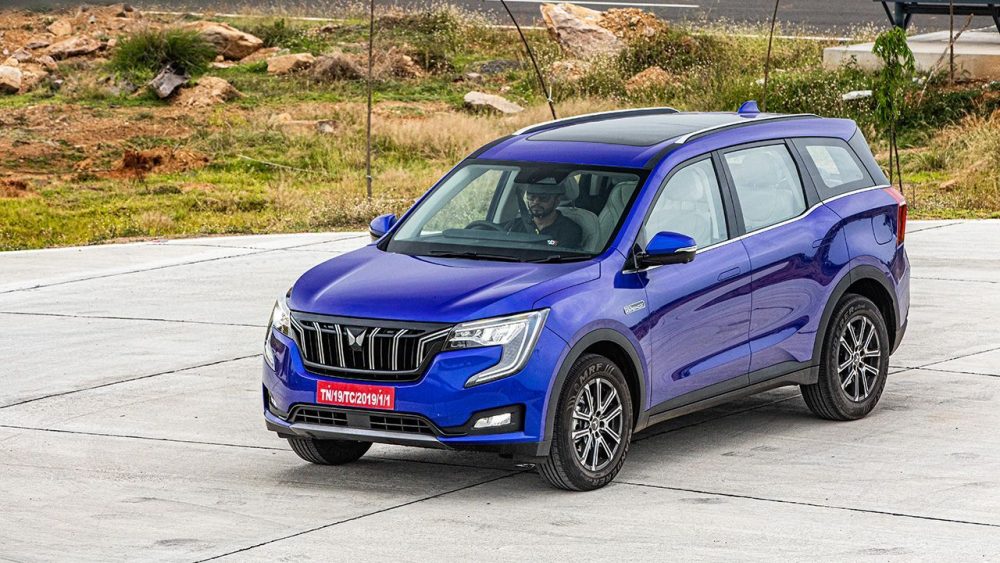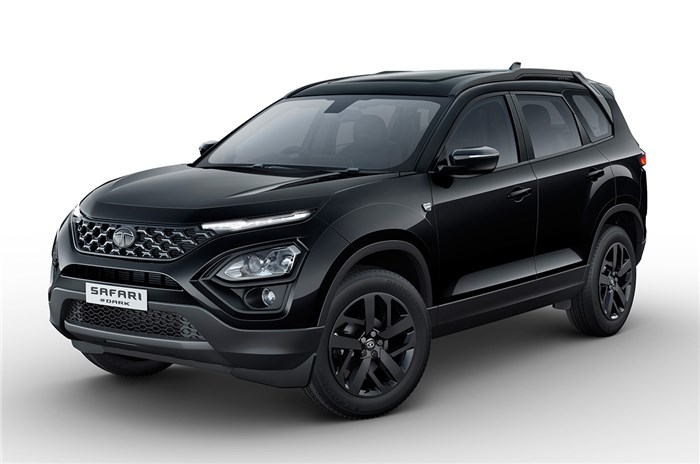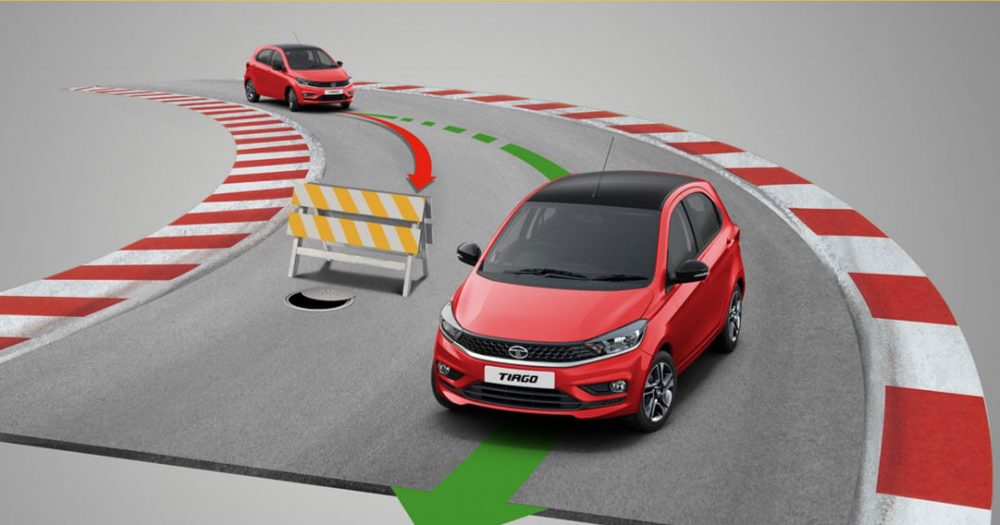The mid-size SUV segment has been picking up in India. Cars like the Tata Harrier, Jeep Compass, Mahindra XUV700 and MG Hector, all have been doing phenomenally well. Today, we’ll talk about the driving experiences of 2 of these amazing SUVs, the Safari and the XUV700. This Safari vs XUV700 driving comparison will be divided into 5 parts, let’s start!
-
Handling
SUVs are usually not very good to handle, their size makes some amount of body-roll inevitable. This stands true for both these SUVs, but both manufacturers have done a fabulous job containing this body roll. The XUV700 feels very nimble to drive. Its body roll is decently contained, and going through a corner at 50-60 KM/hr is manageable. The Safari is one step ahead in containing its body roll. And this is especially because of the Land Rover derived platform. It also gets ROM (roll-over mitigation), a safety feature that basically ensures that your car won’t topple.

-
Steering
The XUV700 is a straight winner here. Mahindra has done a brilliant job of calibrating the steering. It remains butter-smooth at city speeds and gains weight as you speed up, inspiring high levels of confidence. The Safari’s steering is a hydraulic unit, so naturally, it’s a bit heavier than competitors. While this fairs well on higher speeds, the steering might become a bit cumbersome to handle in the city.

Related- Mahindra XUV700 Prices Hiked!
-
Engine Performance
We’ll be comparing the Diesel automatics here since these are the best selling ones. Talking about numbers- Safari’s 2L Diesel makes 168HP and 350nm torque, while the XUV’s 2.2L Diesel makes 185HP and 450nm torque. It’s no doubt that the XUV700 has a much more powerful engine, especially with that 450nm torque. Mahindra has also tuned the engine to be peppy and fun to drive. The Safari’s engine is also powerful, more than enough for most, but it does fall behind in a direct comparison.
Download the GoMechanic app now!
-
Braking
This is a deadly tie since both of these cars get a slew of electronics to support their braking performance. The XUV gets auto-emergency braking, wherein it’ll automatically slow down if it senses a collision. The Safari on the other hand gets 14 different electronic safety features, which enhance the braking performance. Even though the XUV gets rear discs, the difference was not quite noticeable.

-
Suspension
The XUV’s suspension is on the softer side when compared to the Harrier. It absorbs bumps very well on low speeds, but not so well on high speeds. The Safari is the opposite, it’s a bit stiff on low speeds, but it glides through the worst patches on higher speeds.
So here was a detailed Safari vs XUV700 driving comparison. Let us know which one you will choose!






